Vatican
Near the center of Rome is the smallest of countries in the conventional understanding of this word — The Vatican.
Honestly, there are countries even smaller than the Vatican, but they are all “unusual.” Either have no territory or not recognized by anyone. On the other hand, Vatican has its own territory, passports, police, and even a special design on euro coins.
Vatican has not always been a dwarf state. Once it was the size of half of Italy. It's been called Vatican for less than a hundred years, although it has existed for over a thousand.
Papal Caliphate
It all began in the year 756 when Pepin the Short decided to prove everything to everyone and conquered a huge piece of Italy, then gifted these lands to the Roman pope. Along with Rome itself. Why? So that the Roman pope would anoint Pepin, and his power would become divine. Got conned in full, shortly speaking.
The process of donation entered history under the name “Donation of Pepin,” and the country received was called the “State of Church.” But that’s in Italian. The French and English called the country the “Papal States,” while the Russians called it the “Father’s District.”
America had not yet been discovered at that time, which is a pity: they could have named the country “The United States of Roman Popes.”

In general, these Papal Emirates of Italy turned out to be such a cringe story. About right after the country’s founding, the popes started dividing power, killing each other, and abusing minors. One case is particularly striking, known in history as the “Cadaver Synod.”
There was a Roman pope named Formosus, who had a successor named Boniface. The other popes eliminated this successor because he was “wrongly crowned”. And decided to hold a trial for Formosus himself to declare Boniface’s appointment illegal and choose their own Roman pope.
But here’s the trouble: by that time, Formosus had been dead for 9 months and buried in the ground in a wooden box. Of course, such a detail did not stop the popes. They ordered to dig out Formosus’ body, brought it to one of the main cathedrals of Rome, dressed in clothes, sat down on a throne, and made up a mere interview of the rotting corpse.
Of course, the corpse could not gave interview on its own. Thence a deacon hid behind the throne who, imitating Formosus’ voice, answered the judges’s questions, joyfully confessing guilt and repenting of all crimes.
The court declared Formosus and all his orders illegitimate, sentenced his corpse to have fingers cut off, then dragged it through the entire Rome tied to a horse and threw into the Tiber. Just like in Florida.
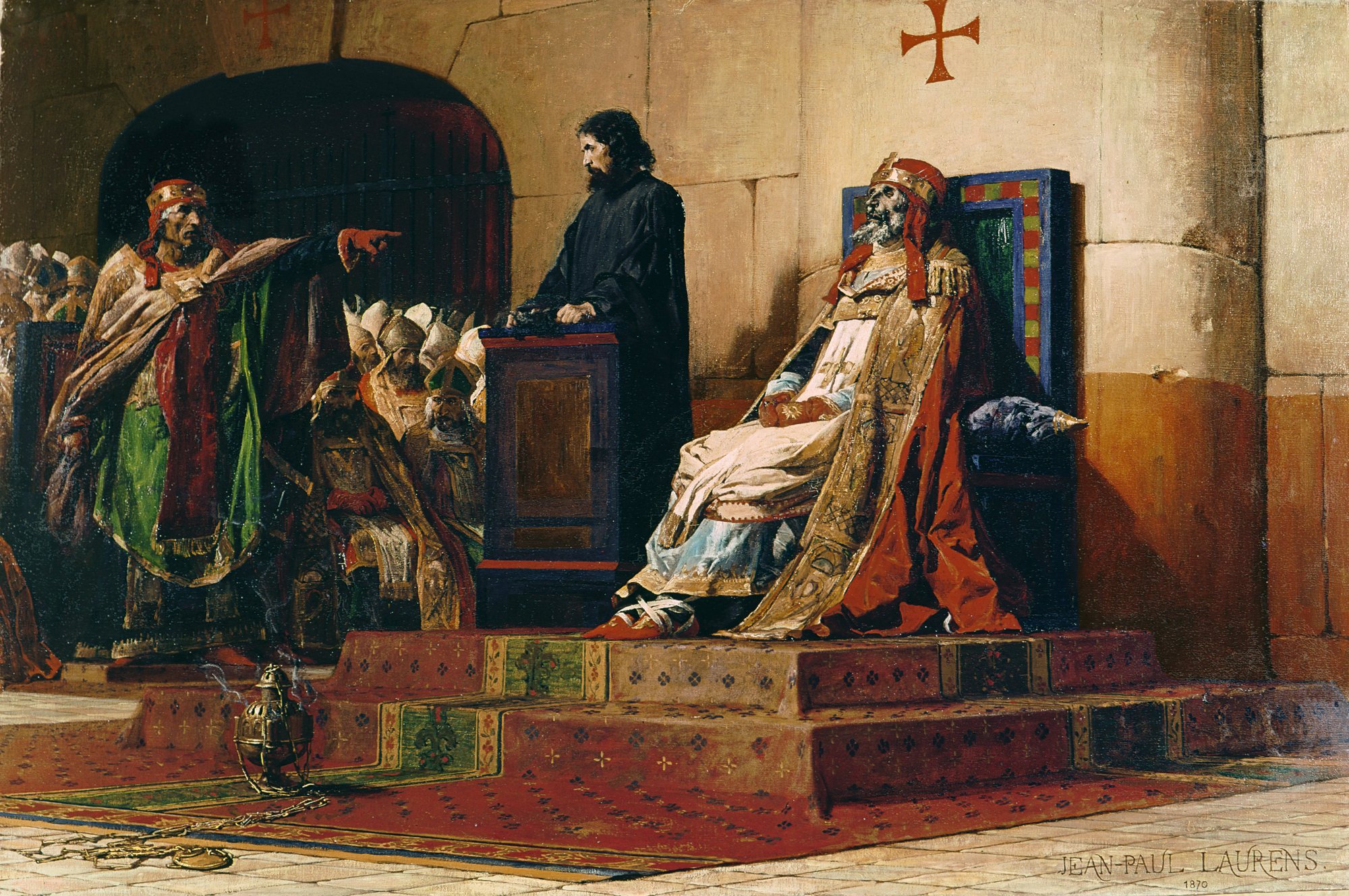
Roughly such episodes essentially make up the entire history of the Vatican. Throughout its history, with absolute indulgence, Roman popes slept with prostitutes, seduced minors, tortured people under the pretext of a “Holy Inquisition,” plundered, killed, covered up criminals, and even traded the title of the Roman pope.
One of the episodes in Vatican history was even called the era of “pornocracy.” For a whole 60 years in a row, power in Vatican belonged to two prostitutes from an aristocratic family who appointed their best lovers as popes.
Or take the St. Bartholomew’s Day massacre. Once in France, Catholics slaughtered 10 thousand Protestants in a single night. Even Ivan the Terrible condemned this terrible massacre, but the contemporary Roman pope read a prayer in honor of the mass murder, and ordered one of the rooms in the Vatican Palace to be decorated with frescoes depicting the bloody bath.

To understand the scale of the tragedy: throughout its history, the Roman Empire killed fewer Christians than Catholics did in one night. So, what’s surprising about the fact that Maria Theresa actually tortured people and laundered the Vatican’s money through her network of hospices?
In general, in this form, the entire monstrous Papal caliphate lasted until 1870 when it was finally ended by the new Kingdom of Italy, united the entire Apennine Peninsula roughly within the borders of modern Italy.
The new authorities decided not to touch the pope, as he was still the leader of Catholics. After taking over the entire Rome, Italian troops left a small piece of the city under the control of the Papal States. In protest, the popes and their fans self-isolated in the Vatican fortress and observed quarantine for a whole 59 years.
The period in this e-pope-e was put by no one but His Excellency, the Duke of Fascism and the Founder of the Empire Benito Mussolini. He reached an agreement with the popes in 1929 by recognizing the territory of the fortress and the square next to it as an independent country. Of course, in exchange for the support of Catholics. You can say, fighting fire with fire.
And only then did the name Vatican finally appear. Simply because the fortress stood on Vatican Hill.
Vatican
Officially, the country is called the “Vatican City State.” And yes, it is a classic city-state that has shrunk to the size of a palace-state.
The reader may have also heard the term “Holy See.” The thing is, Vatican itself is just the territory belonging to a Holy See. This See is, in fact, a state, while the Vatican is the territory it governs. The existence of the Holy See is not directly linked to this territory. So, if Russia annexes Vatican Hill, the Holy See will still exist... as a virtual spherical country in a vacuum.
If I understand correctly, there is nothing else like this in the world. Perhaps we should think of this setup as a Holy See Inc., with the CEO being the pope and lifelong leasing of Vatican as a market space to extracting money from tourists.
Here they are, by the way. Queues in the Vatican start early in the morning and last until late evening, impossible to avoid or skip.

The entire Vatican easily fits into the frame from a helicopter. The colonnade around the square resembles the mandibulae of an insect devouring people.
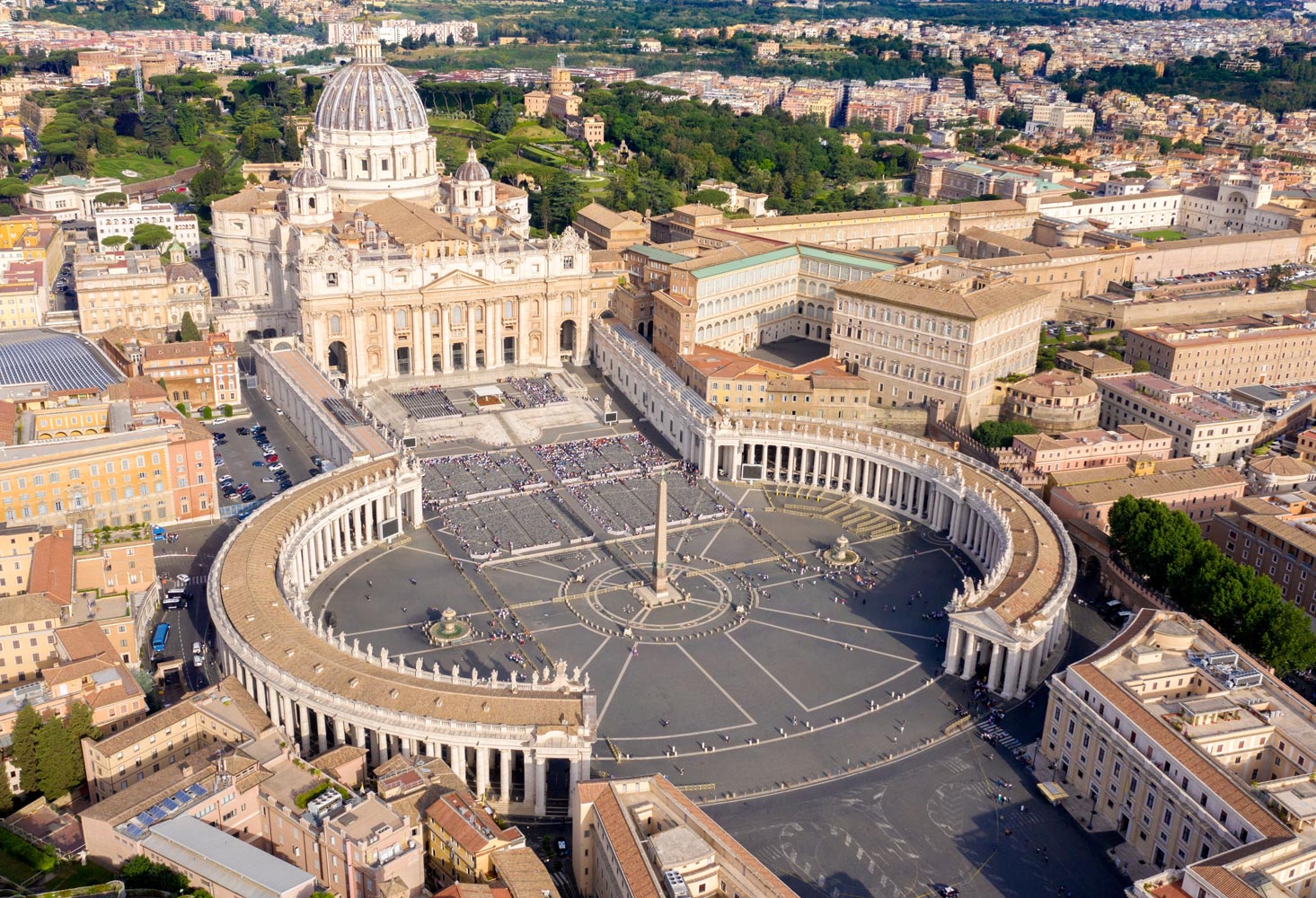
In the center of the square stands a massive obelisk, dragged from Egypt by emperor Caligula.
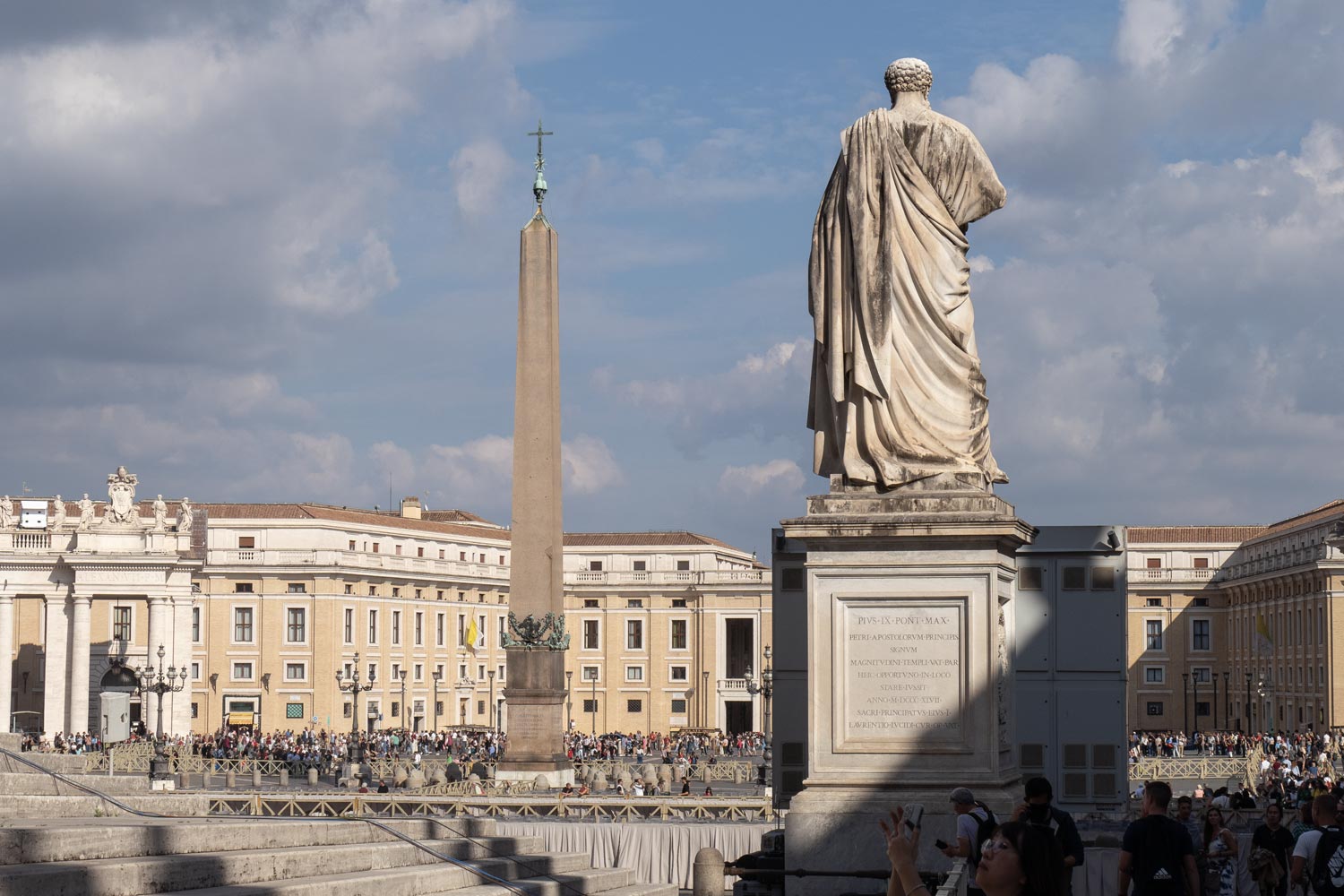
Back then, during the time of the emperors, the Vatican Hill was far from Rome. There was no Vatican here; instead, there was a hippodrome. In the center of the hippodrome stood the obelisk.
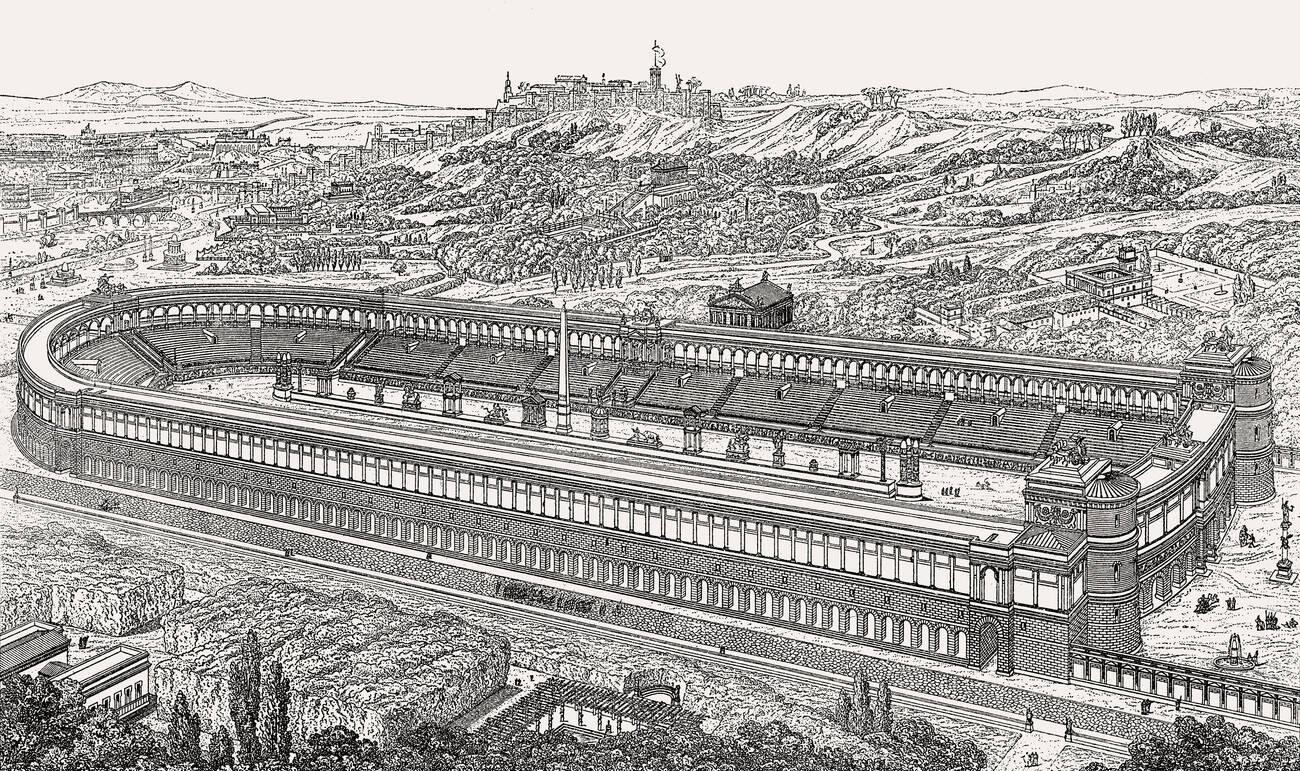
St. Peter’s Basilica with its famous dome appeared here much later, and now the obelisk stands in the square in front of it.

Vatican undergrounds
St. Peter’s Basilica is built on the tomb of St. Peter.
Peter was the first pope. He is the same Apostle Peter, a student of Jesus Christ who is said to stand at the gates of heaven and judge sinners. Peter is a historical figure. He truly existed and was a preacher.
In the center of St. Peter’s Basilica, right under the dome, stands a huge baldachin — a ceremonial canopy over the altar or throne.
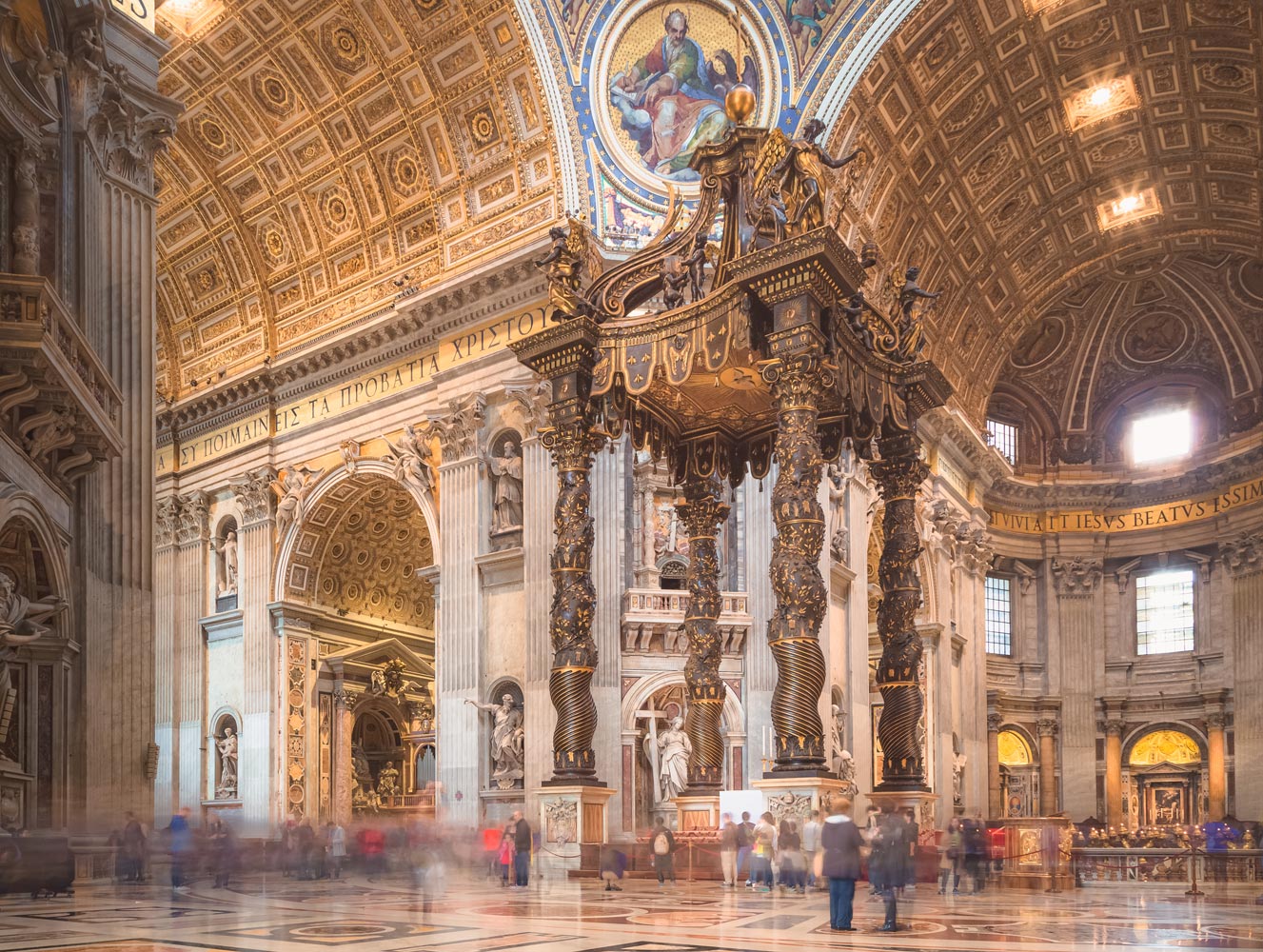
The basilica resembles a multi-layered matryoshka. Beneath the cathedral lies an older, previous basilica where the tombs of the popes are kept. Directly under the baldachin is the altar, under which lies saint Peter.

This altar has never been a secret to anyone. But what’s beneath it?
In the middle of the 20th century, the Vatican allowed archaeologists in. They discovered that behind the altar, there is a passage leading down to another underground chamber, to the next level of matryoshka. After digging through a brick wall, the archaeologists found a marble one behind it. This turned out to be an even more ancient altar.
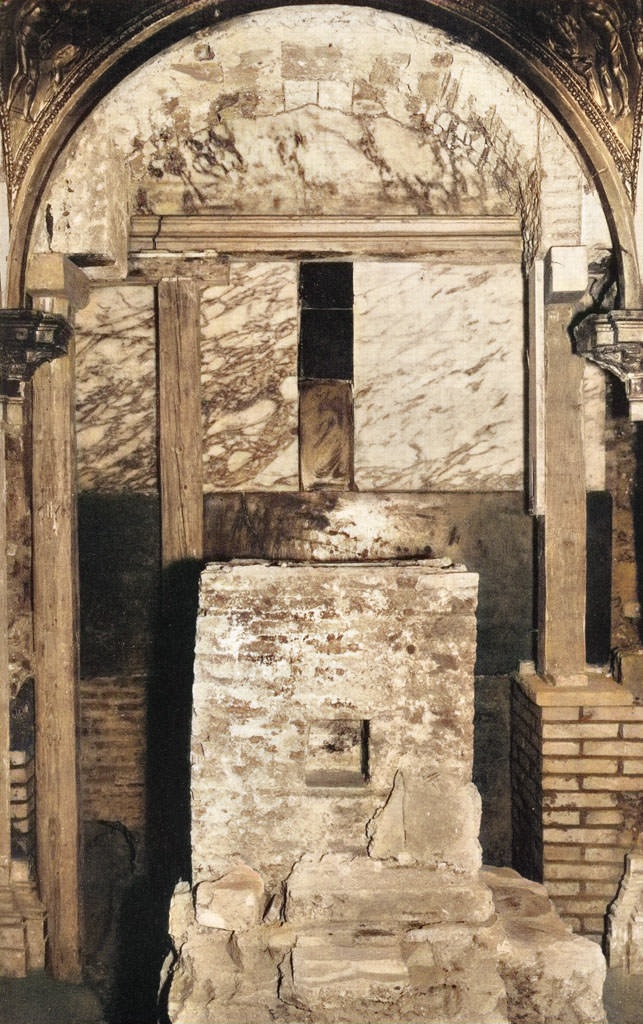
Marble is not that easy to dig through. Therefore, the archaeologists found a narrow passage behind the side walls of the church and made their way to the next level of the basements. Along these long corridors stood large tombs resembling houses. It turned out that beneath the basilica lay an ancient Roman cemetery, and the corridors were once its streets.
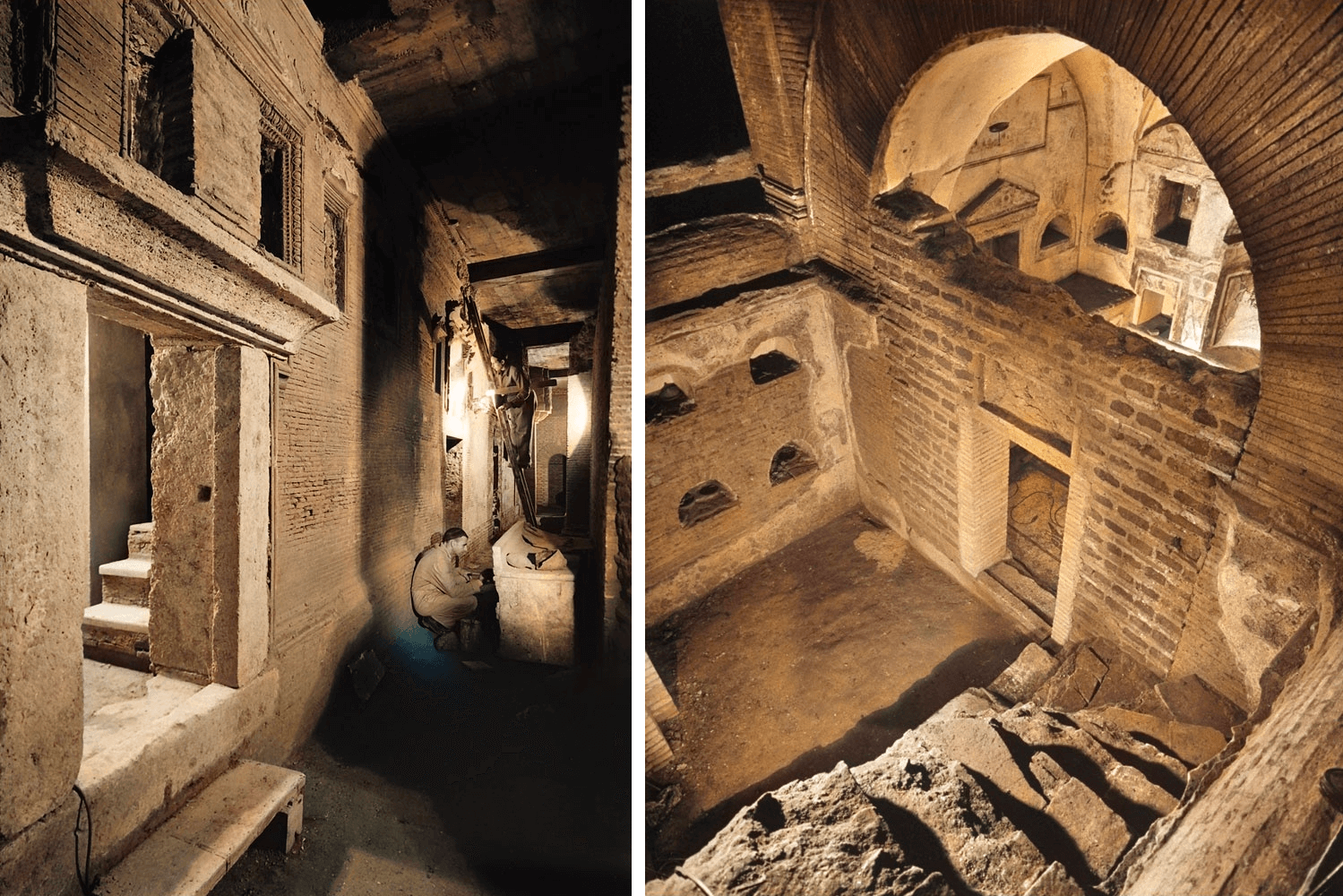
Walking along the corridor-streets, the archaeologists circled around the marble wall from the other side and arrived at the location directly under the altar. What they saw was mind-blowing: it was... a piece of a column, embedded in brick. What did you expect, the treasures of Tutankhamun?
The column they found turned out to be part of an even more ancient structure, this time the very first altar that was built directly around the tomb of saint Peter. Archaeologists reconstructed the original appearance of this altar. It featured a roof with two columns, leaning against a wall made of red brick. They named it the “red wall,” and it was part of a street that once led to the tomb.
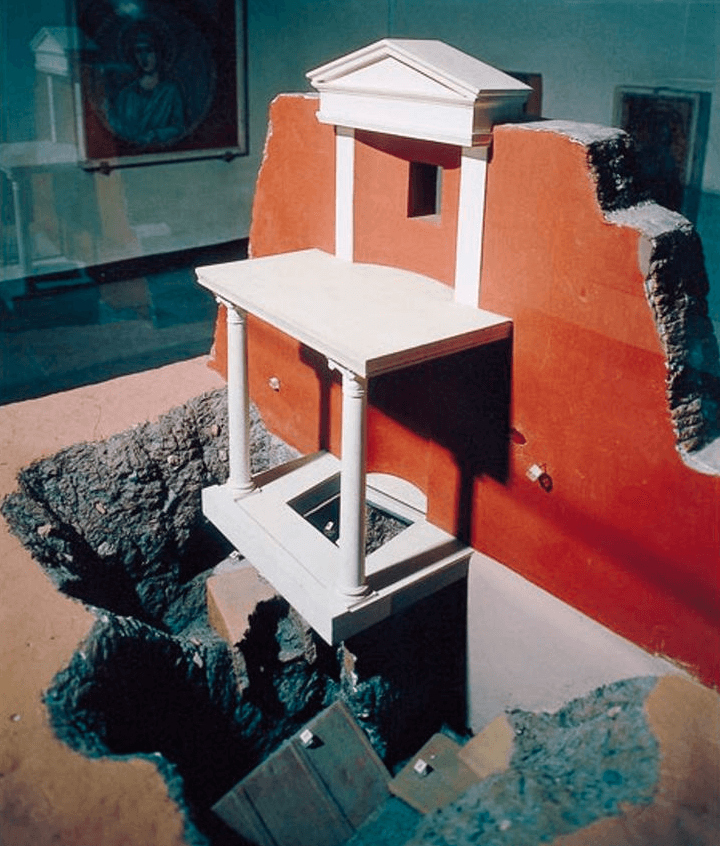
The matryoshka ended. They didn’t find any Peter in the grave. The only other interesting thing was another wall supporting the red wall. It was entirely covered in ancient Christian graffiti, so they called it “the graffiti wall.”

The inscriptions on the wall were so old that they were impossible to read. Archaeologists invited an expert to decipher all this scribbling. The sought-after phrase “Here lies Petya” was not found among the inscriptions, but they found a monogram of the Greek letters Chi and Rho, which were the first letters of the surname Christ. The monogram was not an original find. Christians left thousands of such marks everywhere, from coins to sarcophagi.

But something strange in this monogram caught the attention of the archaeologists. The tip of the letter “Rho” was as if topped with a pattern resembling either a key or the letter E.
The archaeologists guessed that in this monogram, the Greek letter “Rho” was actually the Latin letter “P” and together with the letter “E,” it formed the beginning of the name Peter. Moreover, this entire construction was crafted in the shape of a key. But wasn’t it Peter who was the keeper of the keys to heaven?

The scientists realized that the truth was somewhere there and began to investigate the graffiti wall. It turned out to be hollow. During the excavations, the wall was accidentally breached, and the hole was filled with shards of the red wall. As they cleared the debris from the hole, the archaeologists carefully examined each piece. Finally, on a fragment of red brick, they found a barely discernible inscription in Greek “ΠΕΤΡΟΣ ΕΝΙ”: Peter inside.
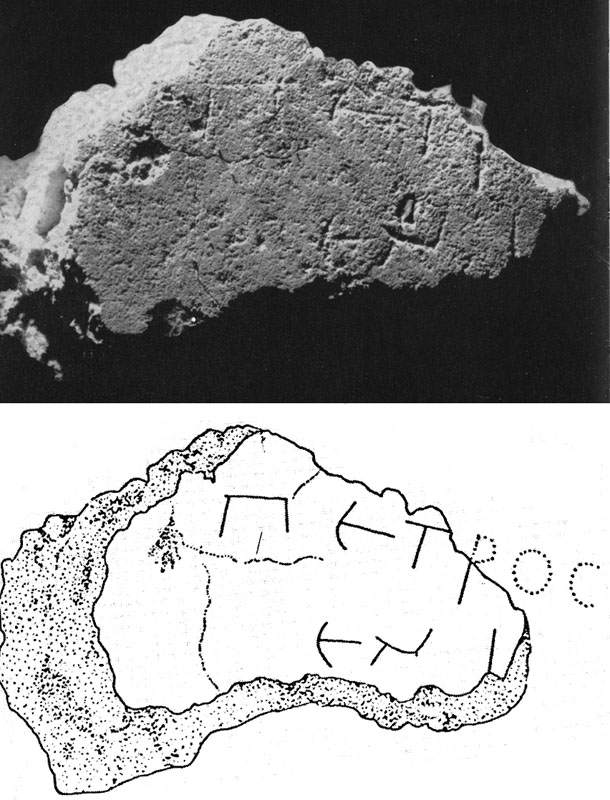
Having excavated the foundation of the graffiti wall, archaeologists found a passage downwards that led them into a narrow room, neatly covered by a marble slab. Inside, they discovered a wooden box, which turned out to be a coffin containing human bone remains.
Analysis of the remains showed that the bones belonged to a 61-year-old man buried in the 1st century.
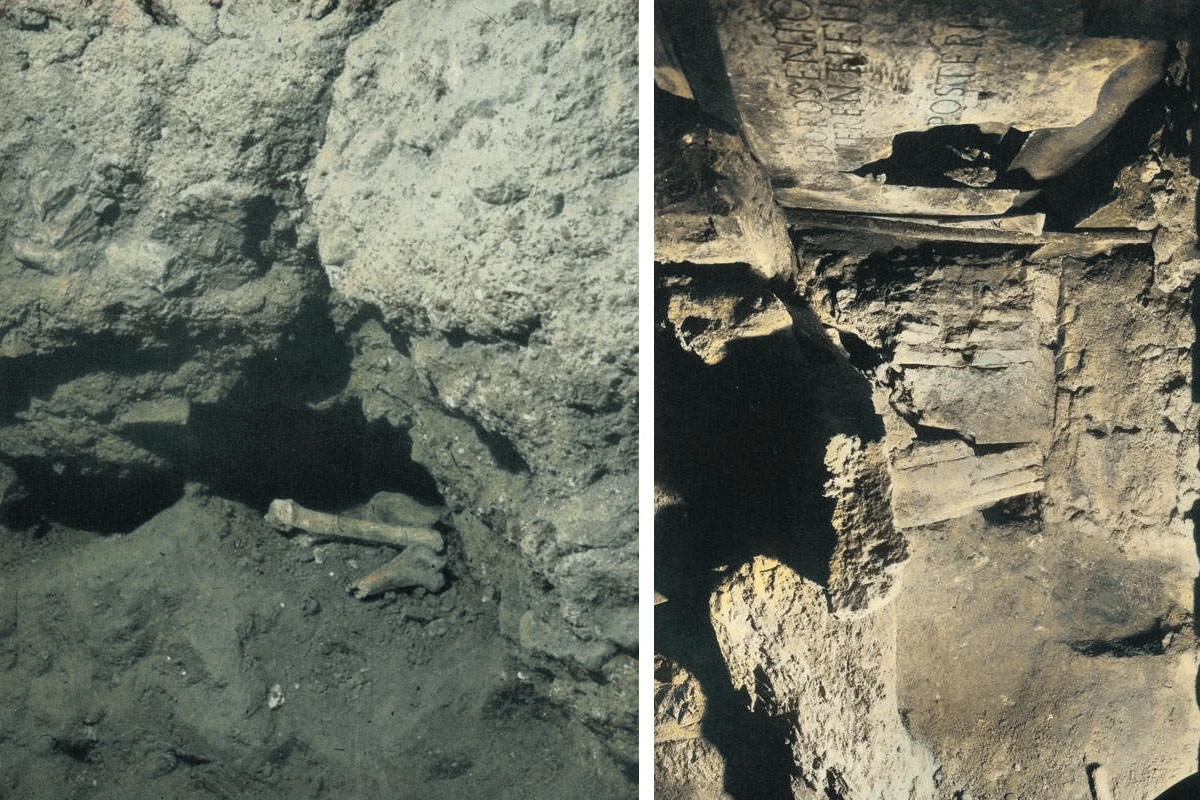
Of course, there were no name tags on the bones. However, among them were pieces of ropes dyed in a special red paint — Tyrian purple. This rare dye was extracted from sea snails, making it as valuable as gold. Ropes dyed with Tyrian purple could only have been made by order of the emperor.
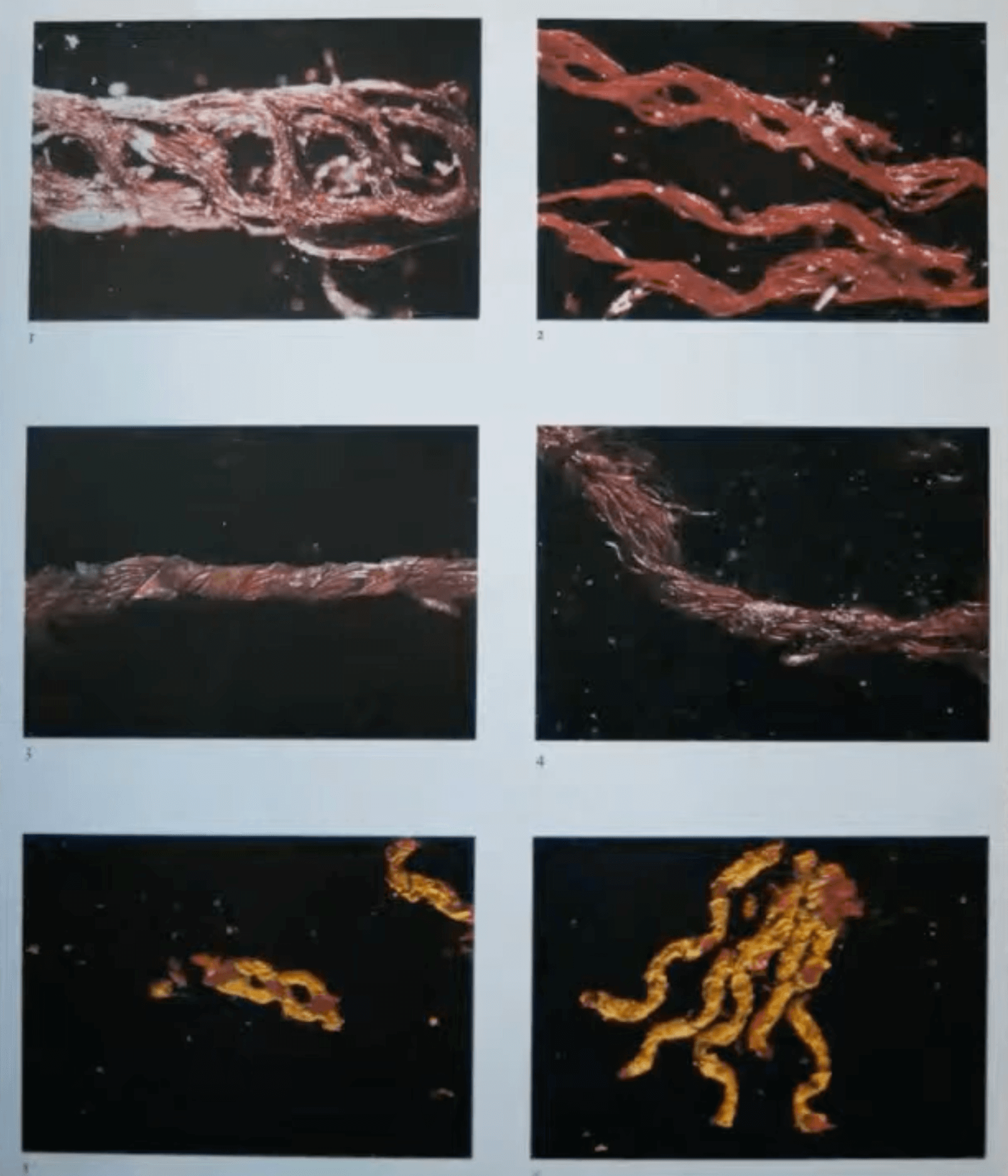
In addition to this, among the remains, bones of almost all parts of the body were found, except for one: there was not a single bone from the feet.
The thing is, the ancient hippodrome, located on the Vatican Hill during the times of the emperors, was not only used for chariot races. It also held executions.
The biblical legend asserts that saint Peter was executed by Emperor Nero, accusing Christians of setting fire to Rome. Hence the origin of the purple ropes. As well, Peter was crucified upside down. To hold the body in this posture, about a dozen nails were knocked into his legs. When his body was removed from the cross, it was impossible to extract all the nails. Therefore, the executioners simply cut off Peter’s legs and buried him like that.
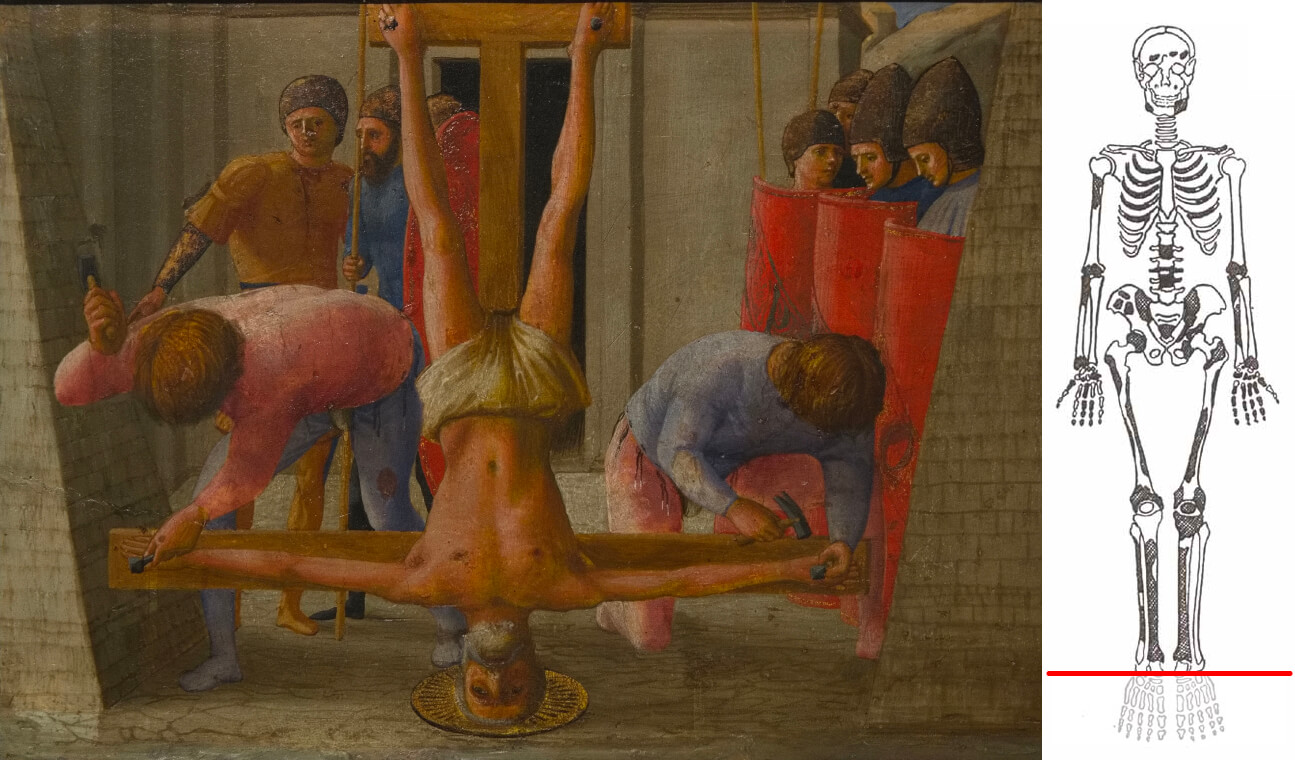
So, the main Christian church stands right on top of a graveyard; with relics of saints preserved in churches worldwide, and we also have stories like the Cadaver Synod.
But if we forget about all this necrophilia, the view from the cathedral onto Vatican is stunning!
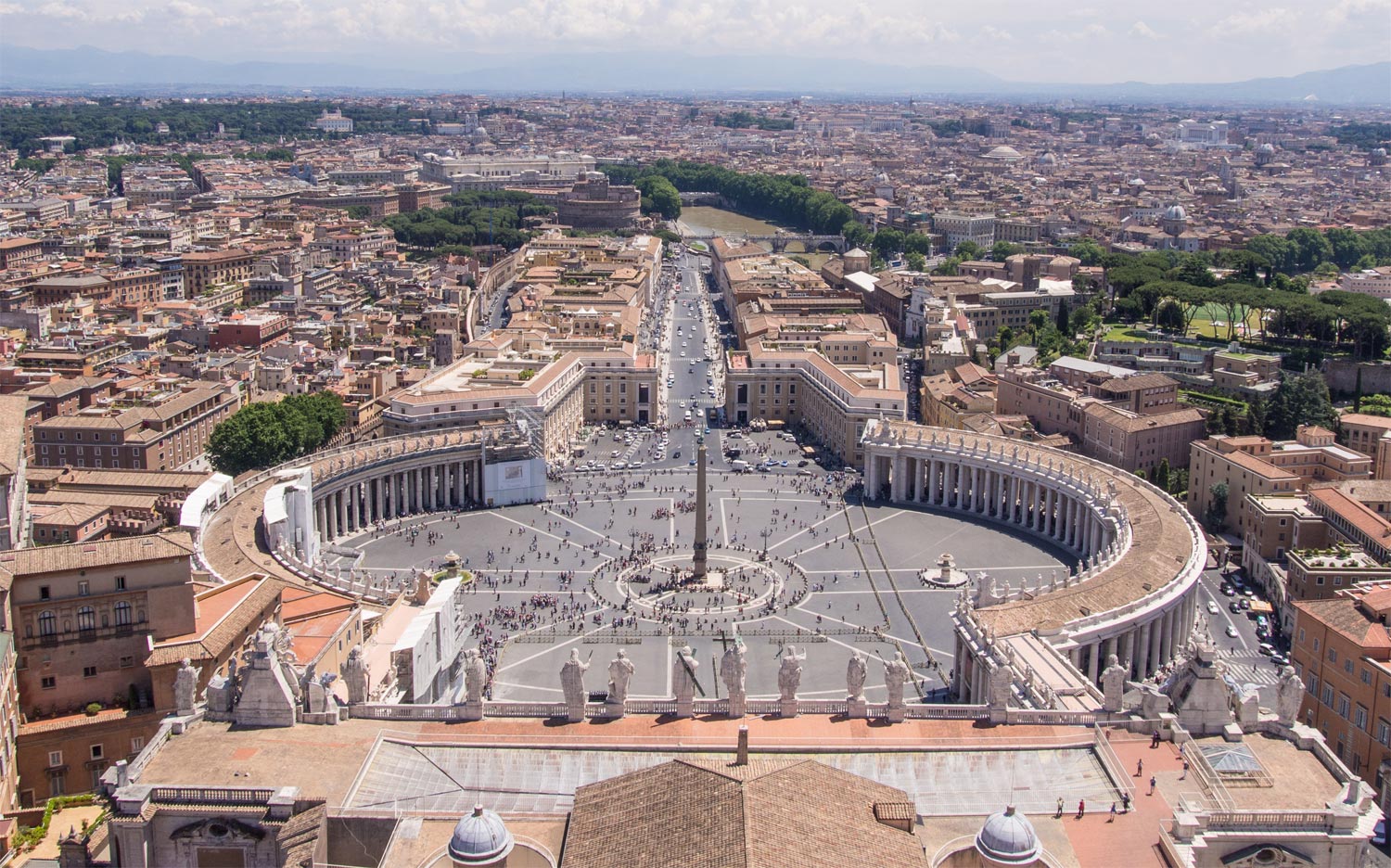
On the other side of the cathedral lay the Vatican Gardens.
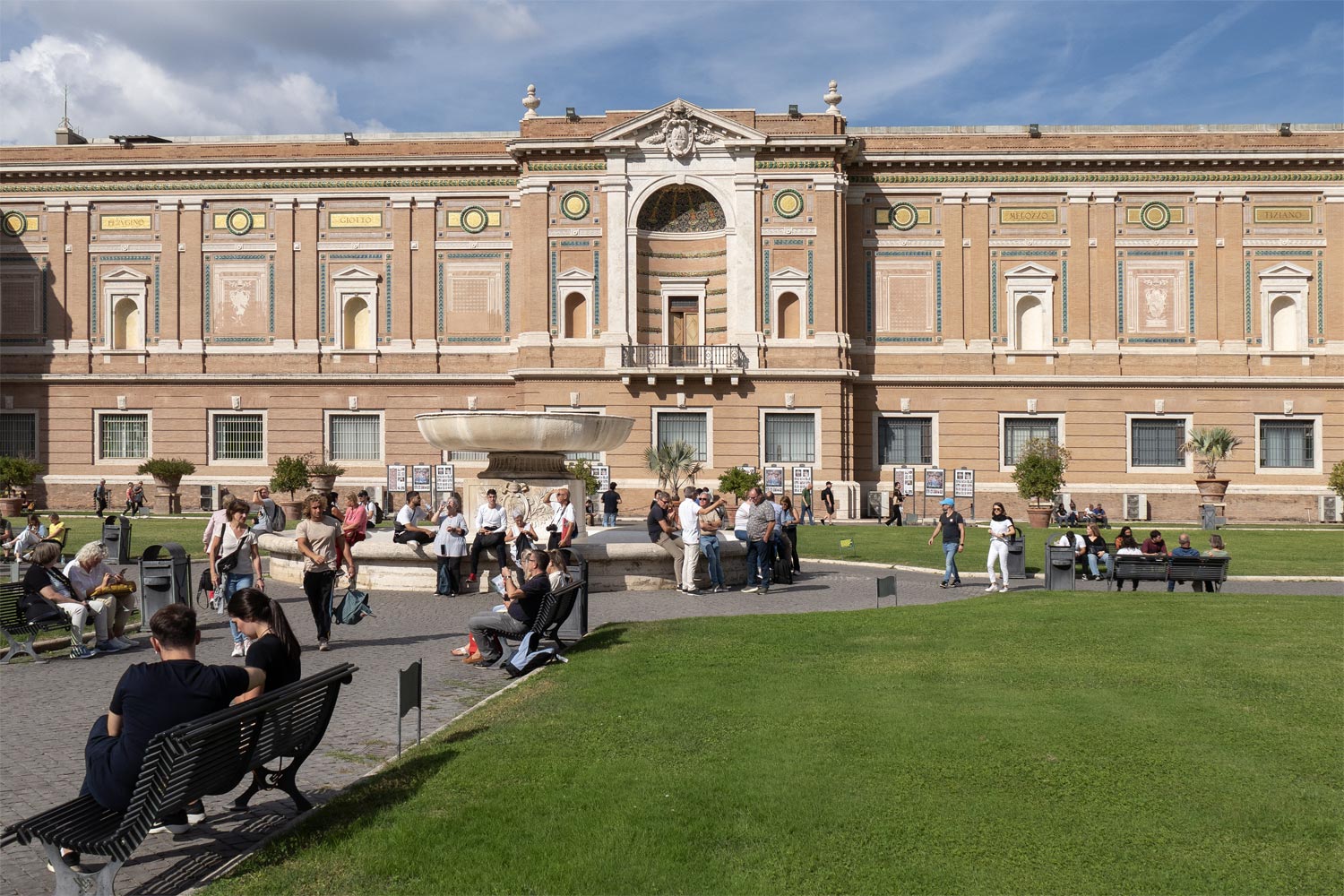
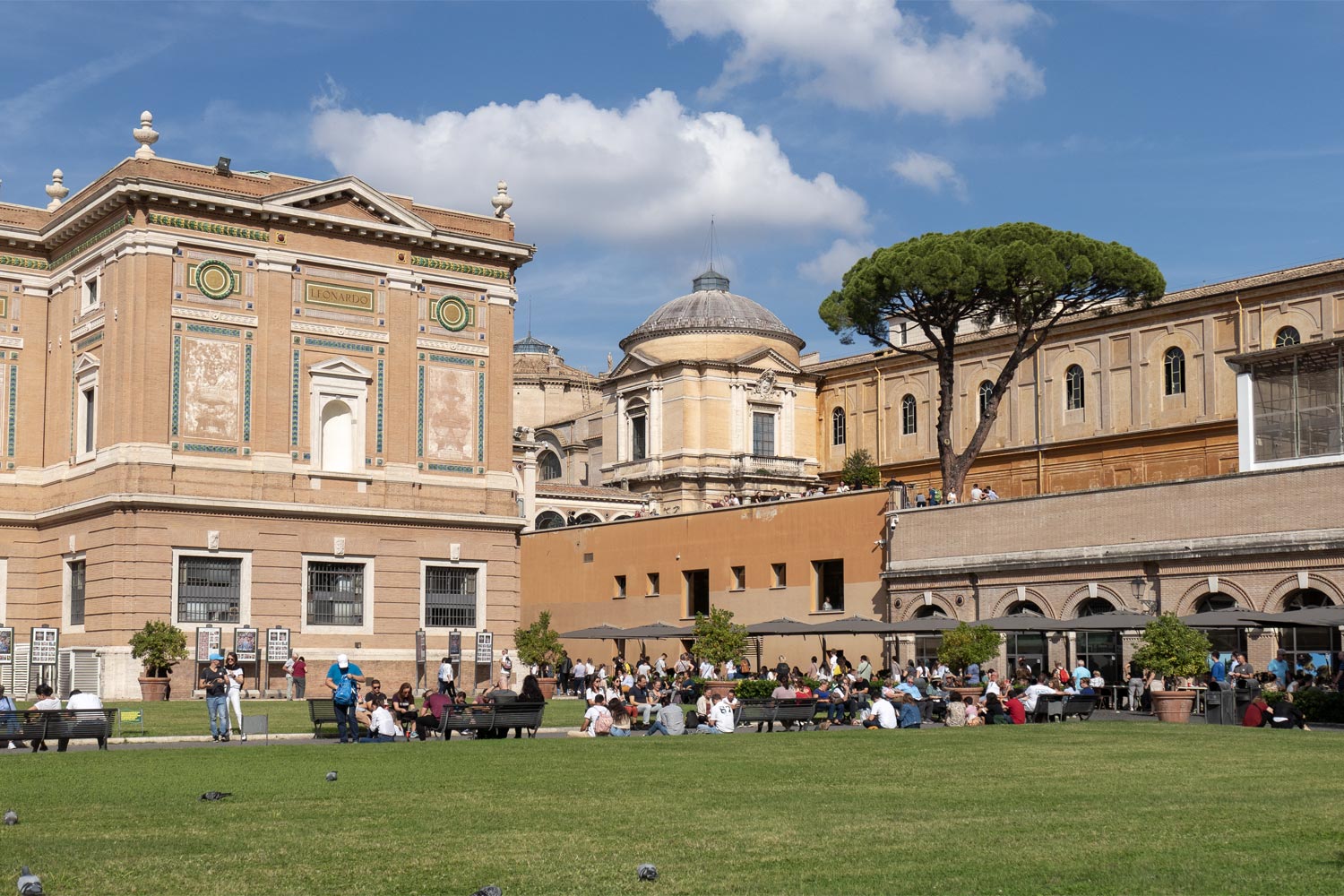
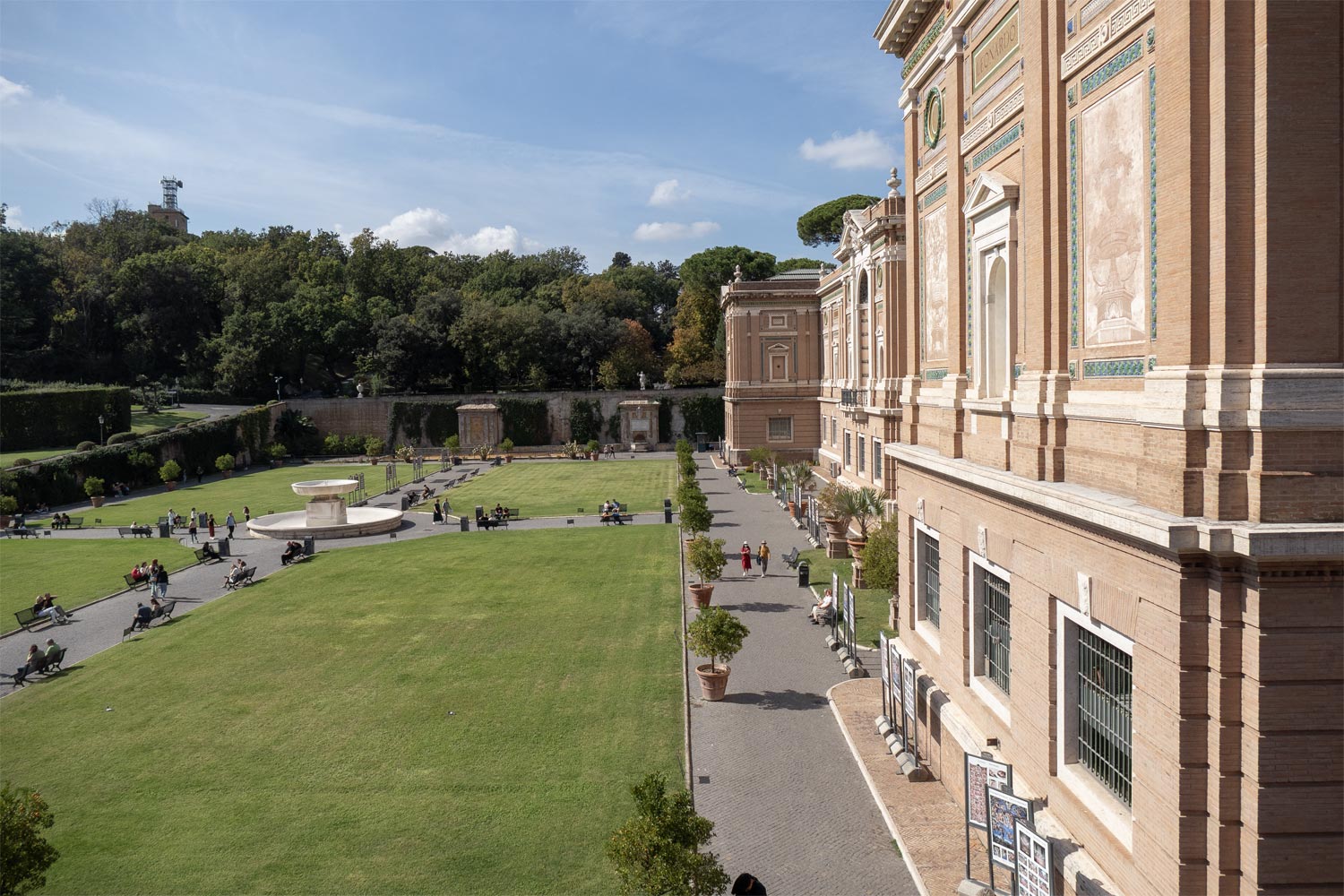
Gardens have pope’s villa, a college, own radio tower, a helipad, and a railway station.
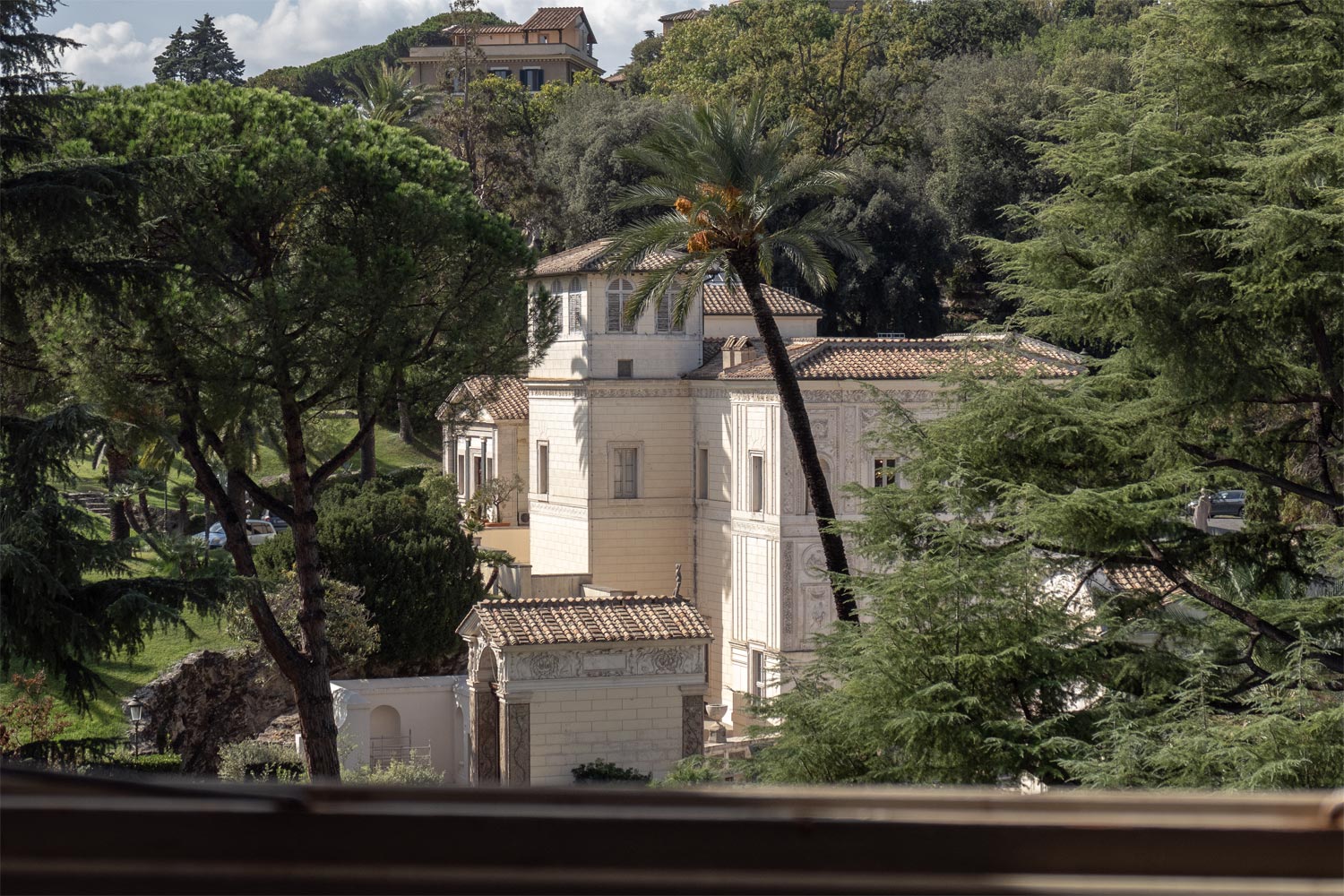
One can only access the gardens through a separate, expensive tour. Therefore, visiting Vatican means to visit St. Peter’s Basilica or the Sistine Chapel.
Sistine Chapel
And getting to the Sistine Chapel is not that simple.
One can’t just walk in through the door. Regular tourists have to navigate through the labyrinths of the so-called “Vatican Museums.” It’s actually one large museum divided into several sections tricky interconnected. If one passes through all of them in the correct order, he ends up in the Sistine Chapel. Although I’m sure the popes know a shortcut. Kind of like in Ikea.
The entrance to these museums is far to the right of St. Peter’s Cathedral. Here it turns out that the Vatican is actually surrounded by a huge fortress wall, and not just standing in a field.
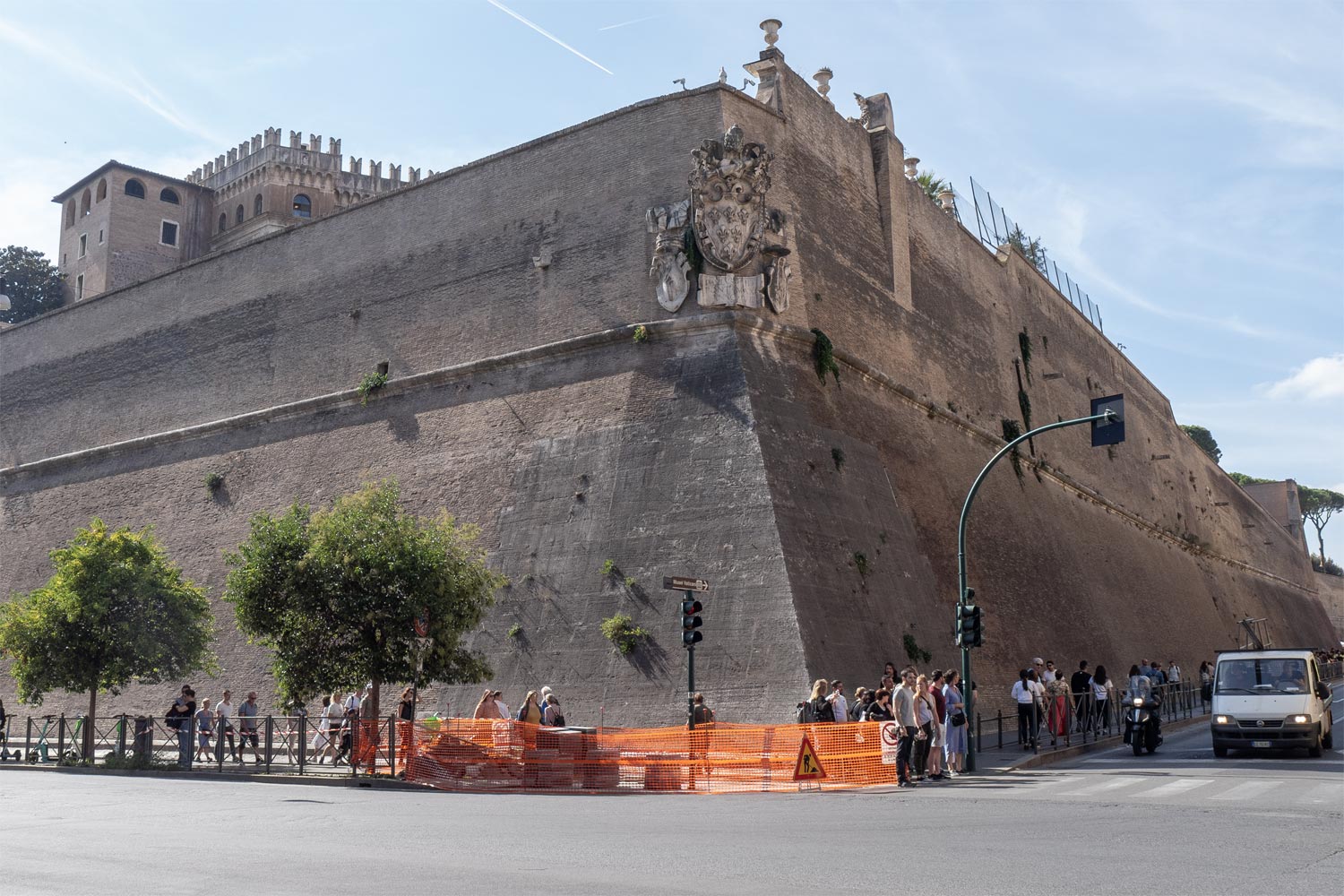
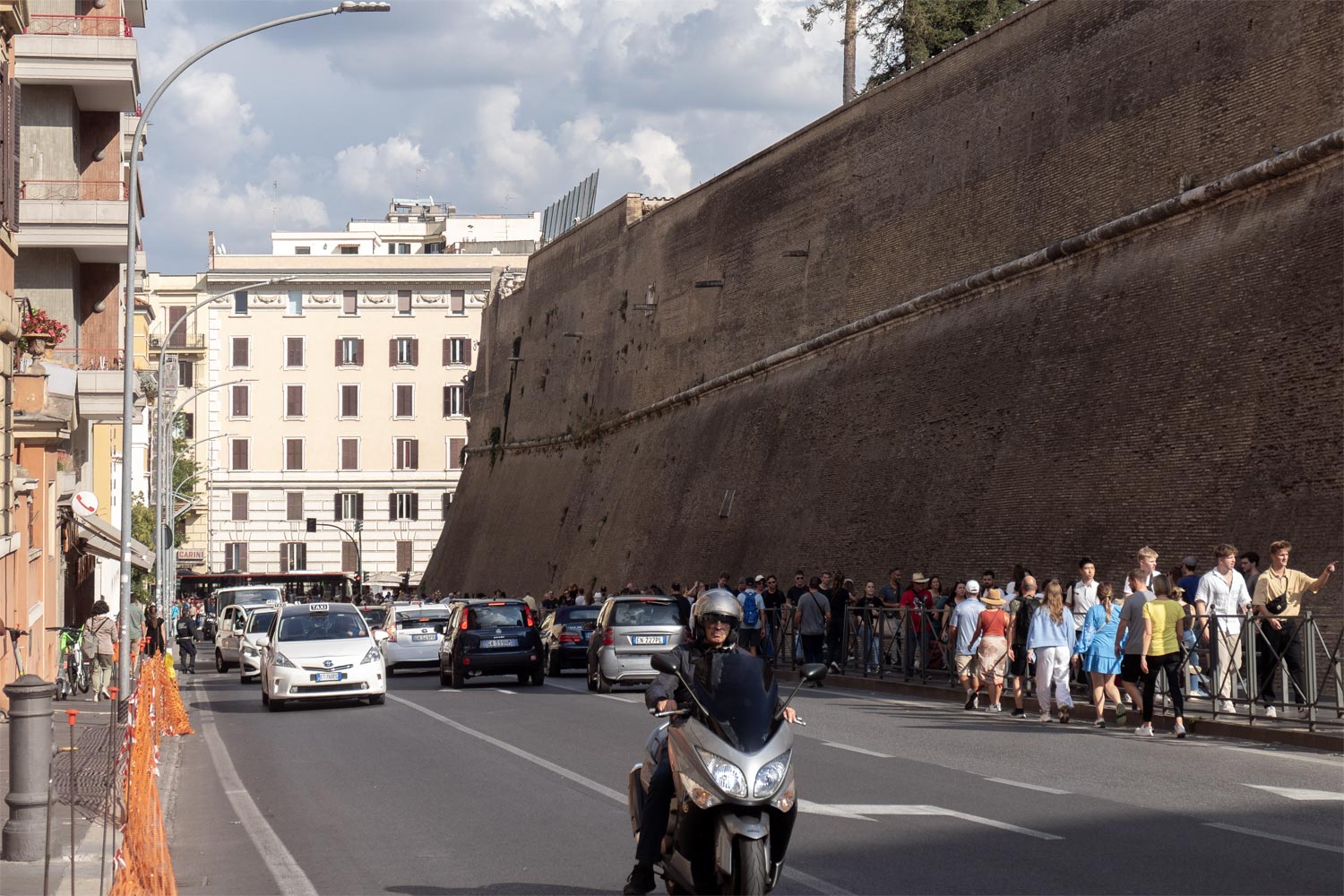
There are gates in this fortress wall with a sign: Vatican Museums.

Almost every museum is named after the pope who founded that museum. For example: Pio Museum, Chiaramonti Museum — these are all names of Roman popes.
Each museum has its own collection. Somewhere Italian paintings, somewhere Egyptian mummies, somewhere Greek vases.
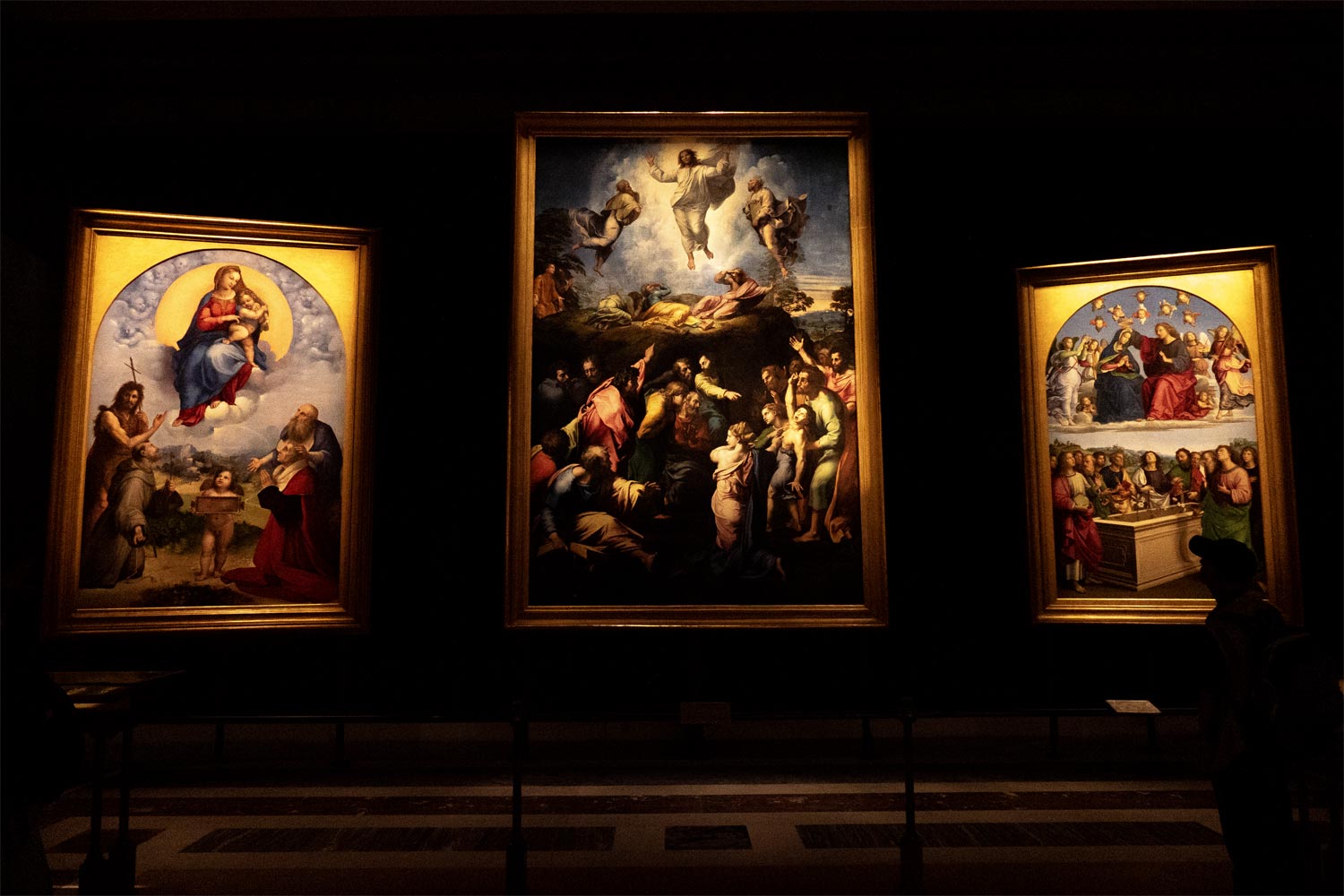
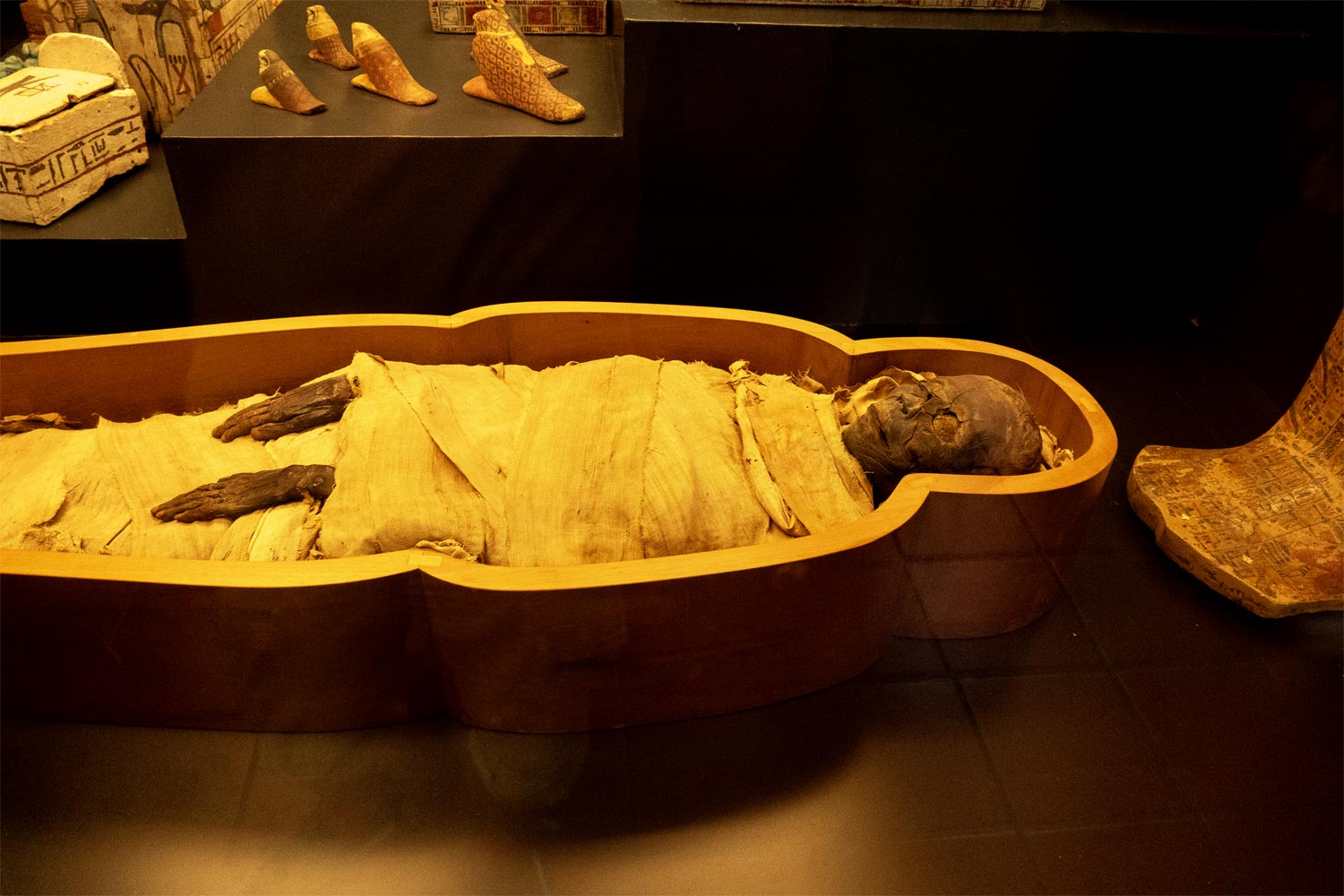
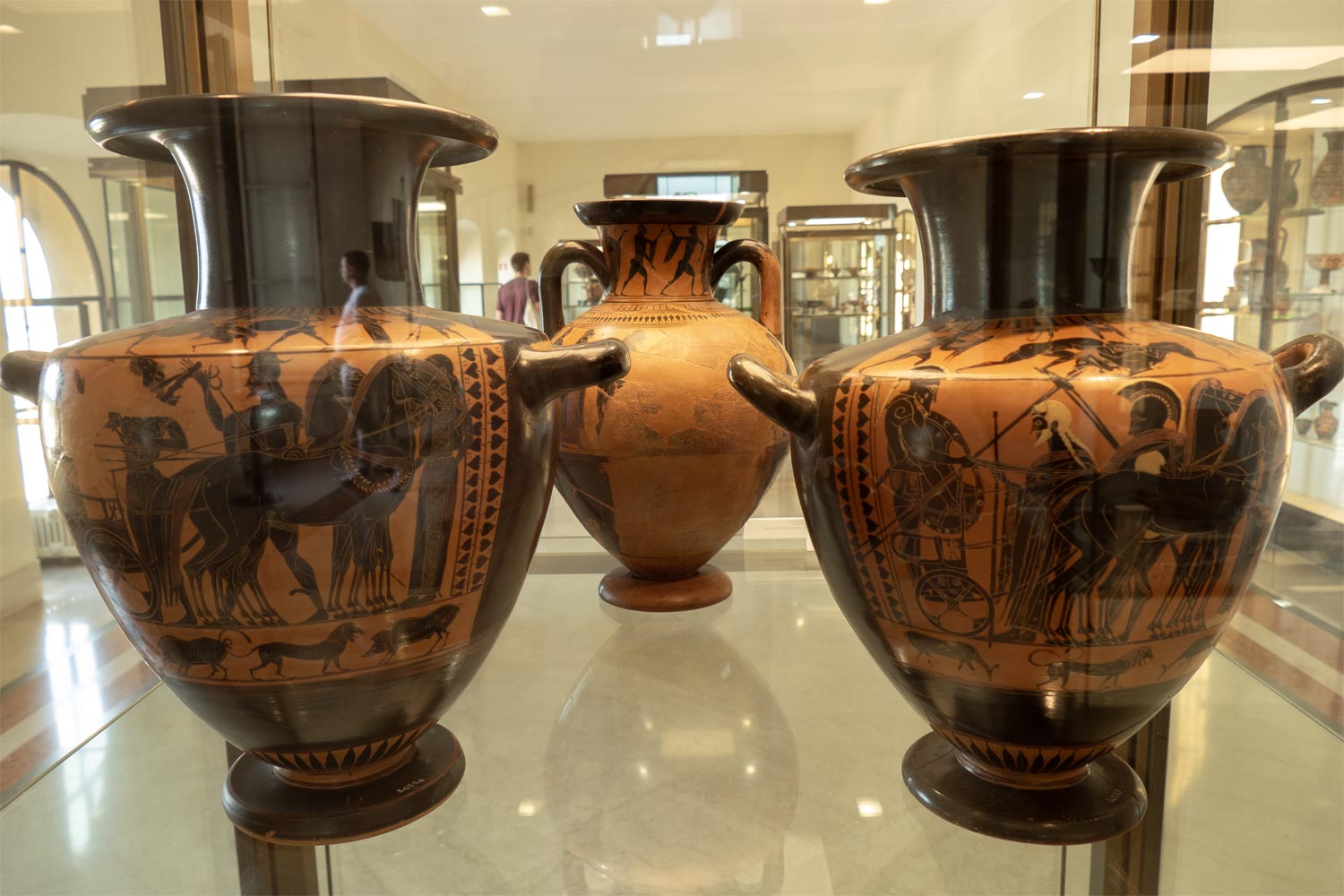
The collection of treasures from around the world began with Rome, when it robbed Jerusalem, taking the golden menorah and tons of treasures. Then Rome passed on this relay of robbery to the Papal States.
During the Crusades, in the era of the Great Geographic Discoveries, in the Modern Age — throughout all their history, Roman popes dragged bummer from all over the world into their chambers. Honestly, if during the time of the popes Yugoslavia produced trunks, they would have opened a museum of trumeau.
One must understand that everything displayed to the public are more or less fairly acquired exhibits.
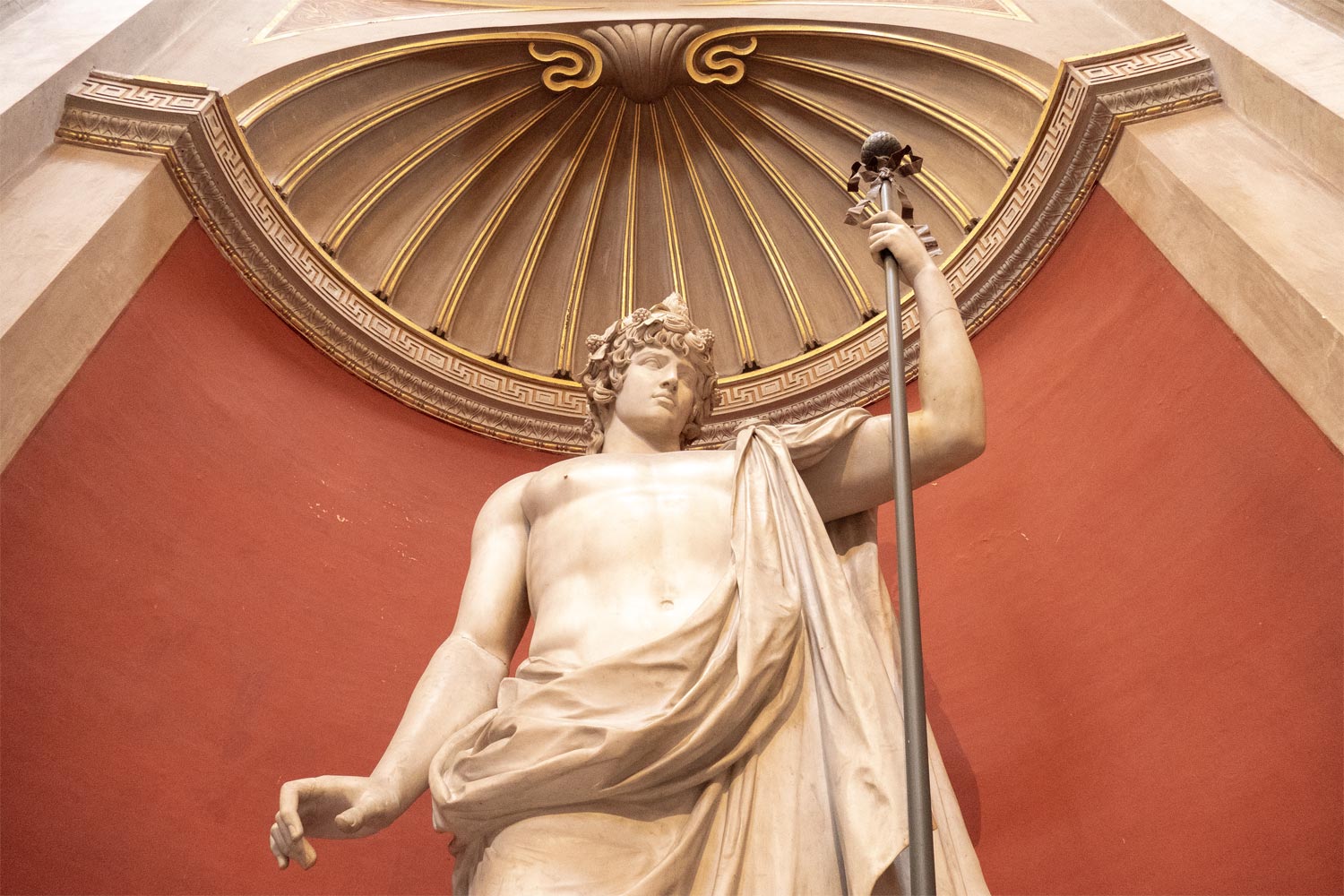
All the essence is hidden in the depths of Vatican. It is said that its archives span a length of 80 kilometers. They contain an incredible number of books, treasures, religious items, and works of art.
Gold and silver taken from the Incas and Aztecs were used in decorating the Vatican palaces. Greek statues, taken from the Parthenon, were recently returned to Greece. Mexico is persuading Vatican to return ancient manuscripts. Egypt has long lost hope of seeing its ancient statues and sarcophagi again.
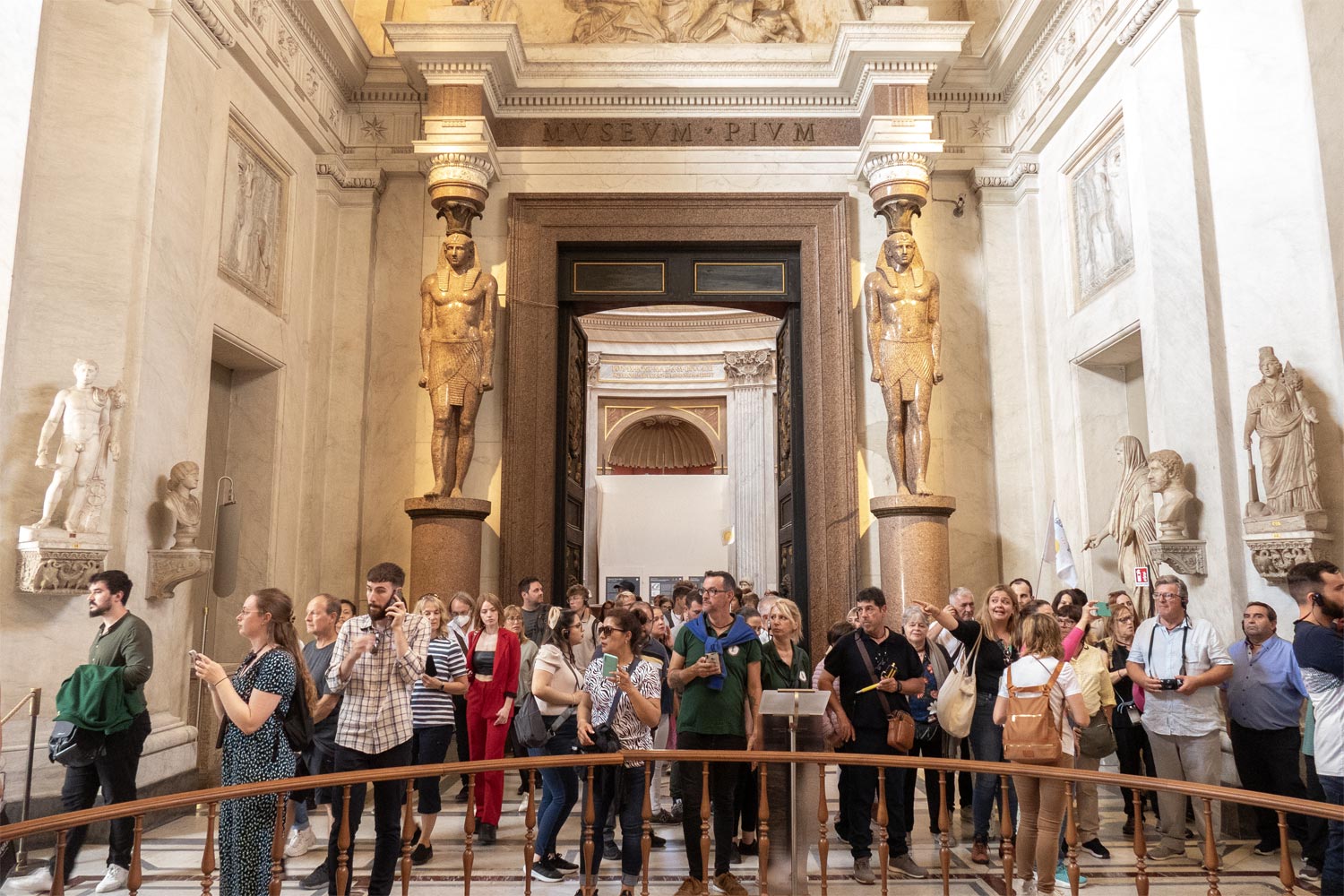
The most impressive museum is the Geographic Hall. A corridor 120 meters long is covered with maps of all the possessions of the Roman popes, and the ceilings depict biblical scenes.
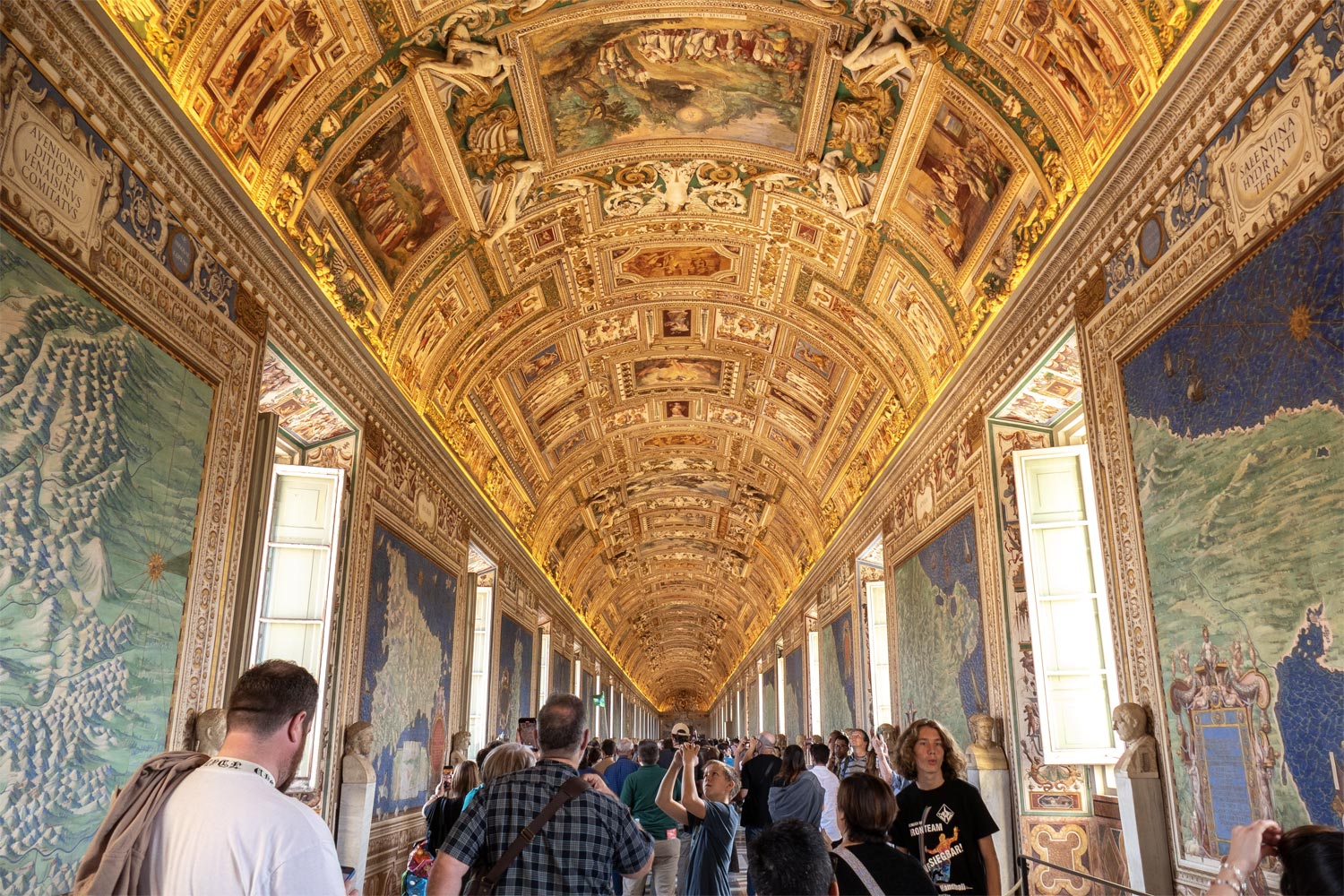

The Geographic Hall leads directly to the Sistine Chapel. It’s just one of the museums. It is also named after pope Sixtus. Essentially, it’s a part of the church.
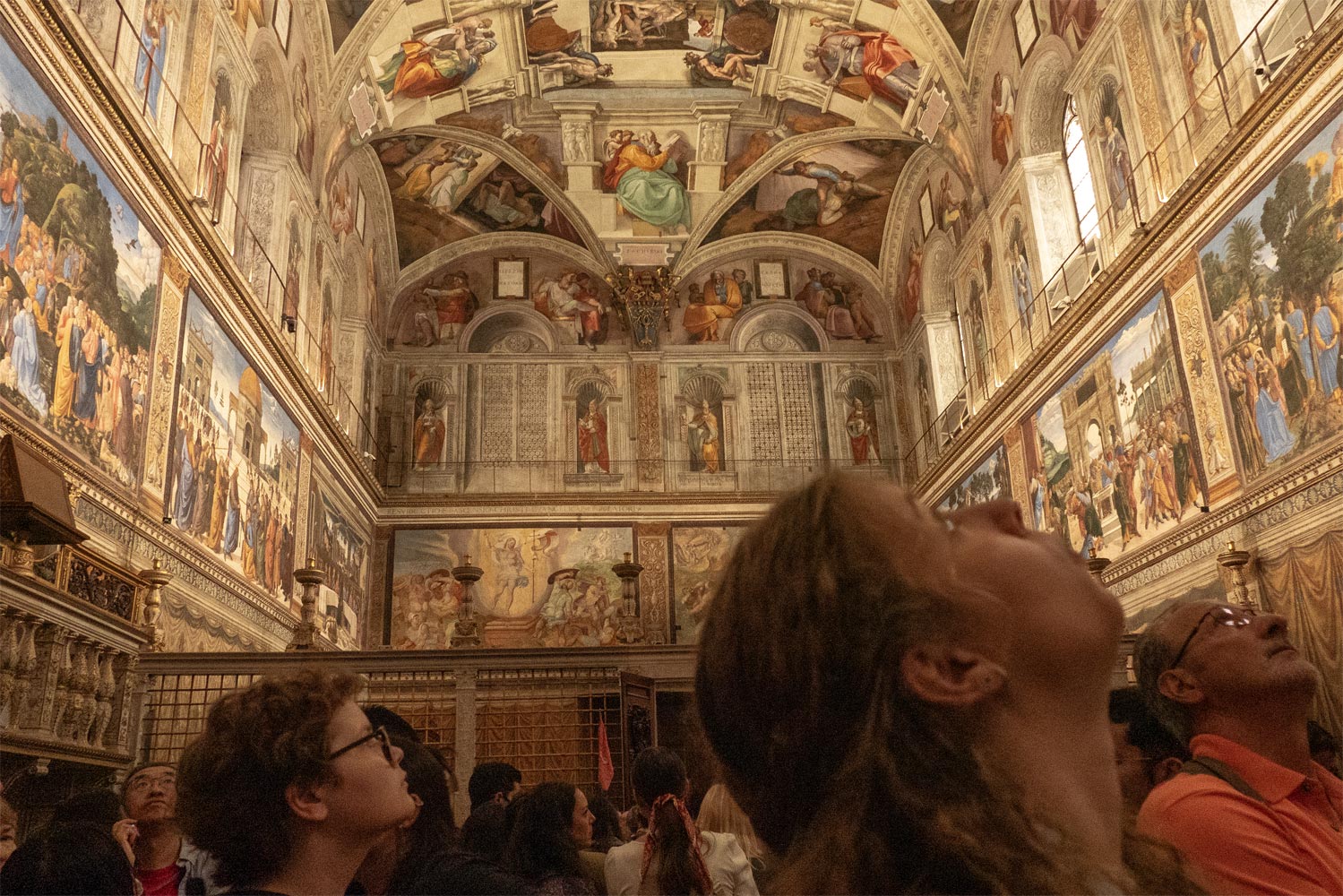
People go to the Sistine Chapel just for one exhibit. Here on the ceiling is Michelangelo’s main work — The Creation of Adam.

It is strictly forbidden to take photographs in the chapel. But I couldn’t resist. The thing is, everyone is convinced that this painting covers the entire ceiling. It turns out it’s just one of the frescoes!
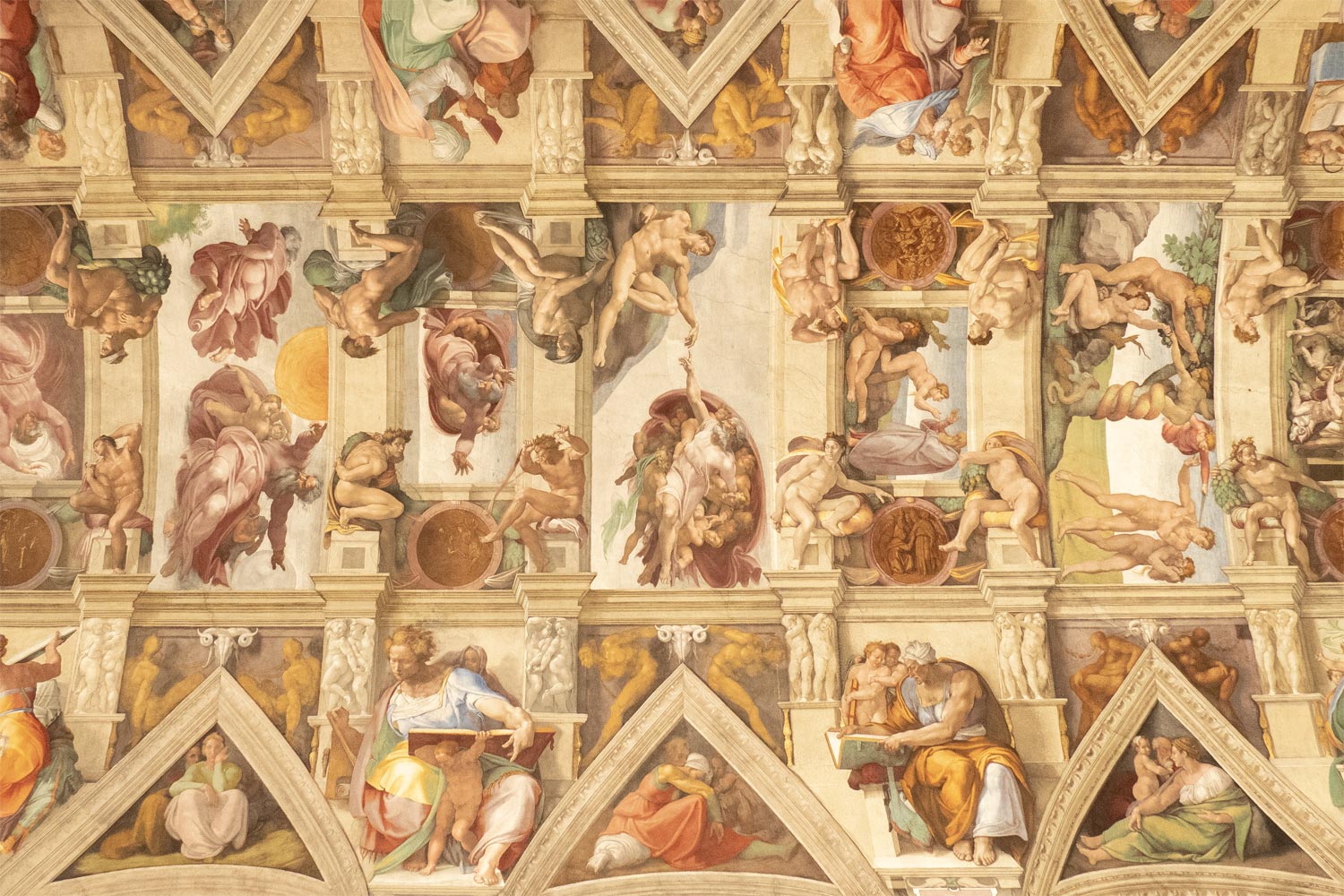
Here among this great beauty live the Roman popes... But the story about Italy doesn’t end there. The thing is, although the smallest country in the world is located in Rome... this country is not Vatican.


